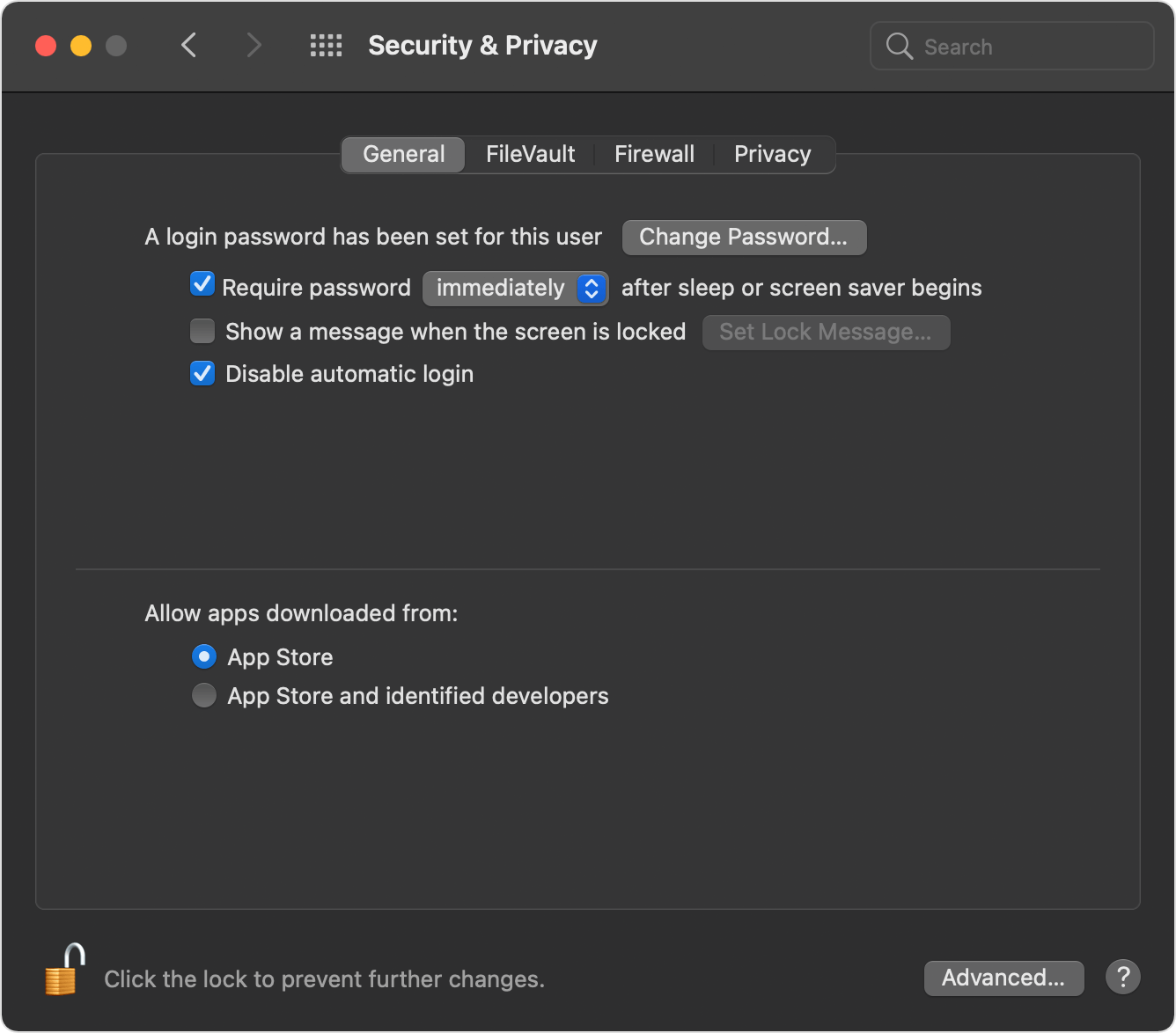

- APP TO REMOVE MALWARE FROM MAC HOW TO
- APP TO REMOVE MALWARE FROM MAC FOR MAC
- APP TO REMOVE MALWARE FROM MAC MAC OS X
- APP TO REMOVE MALWARE FROM MAC SOFTWARE
APP TO REMOVE MALWARE FROM MAC SOFTWARE
Yes, obnoxious junk software is still a problem on a Mac.
APP TO REMOVE MALWARE FROM MAC HOW TO
RELATED: How to Protect Your Mac from Malware We recommended it back when it was just an “Adware Medic” tool that could only manually scan your system for malware, and we’re happy the automatic protection features are now available for people who want them. We’ve been happy with Malwarebytes on Windows for years and recommend it, and the Mac version also seems solid. If you want something that runs in the background, automatically scans your downloads, and monitors your system, you’ll want the paid version. The free version is fine if you just want to check for and remove malware. If you want to remove malware, spyware, and other garbage software from your Mac, we recommend you download and run Malwarebyes. The Malwarebytes Premium features that will monitor your Mac for malware and spyware, prevent infections before they occur, and automatically download updates do cost money, but Malwarebytes does provide a 30-day free trial.
APP TO REMOVE MALWARE FROM MAC FOR MAC
Anyone can manually initiate a scan and remove malware with Malwarebytes for Mac without spending a penny. The standard scanner that checks for malware on your system and removes it is free. There are now two versions of Malwarebytes for Mac, a free version and a premium version. Malwarebytes originally expanded into the Mac security software arena by purchasing and rebranding a popular application named “Adware Medic” that we and others have used successfully in the past. Malwarebytes makes well-regarded security utilities for Windows.
APP TO REMOVE MALWARE FROM MAC MAC OS X
RELATED: Mac OS X Isn’t Safe Anymore: The Crapware / Malware Epidemic Has Begun Crucially, that protection against malware doesn’t block all the adware and spyware bundled with application downloads.

Macs do have some integrated protection against malware, but it isn’t perfect. Beyond traditional viruses, worms, and Trojans, there’s now a thriving ecosystem of adware and spyware programs that bombard you with ads and spy on your web browsing, just like on Windows. In September 2019, malware researchers analyzed a trading app for macOS that packed malware for stealing user information. Fast forward to December, a new macOS malware from Lazarus and using the same tactic emerged on the public radar.Yes, Macs can get malware. A report in 2018 from Kaspersky revealed that the hackers had trojanized an installer for a cryptocurrency trading platform. Slipping malware into legitimate applications for macOS is not a first for the Lazarus group. The connection to the C2 server relies on the open-source WolfSSL library for secure communication, which is used by multiple threat actors. LogSend plugin - checks connection to Log server, scans network on ports 8291 or 8292, executes system commands that take a long time.RP2P (reverse peer-to-peer) plugin - proxy server between C2 and the infected system.Test plugin - same code in both macOS and Linux versions, tests connection to an IP address and port specified by C2.Process plugin - process management (kill, run, get process ID, enumerate).File plugin - file management (read, write, delete, download from specific server, search) write function is not supported in the Dacls for macOS.CMD/Bash plugin - receiving and executing C2 commands.These are used for the following purposes: Researchers at Qihoo 360’s Netlab detailed the functions of the six plugins in analysis published in mid-December 2019. The novelty is the Socks module that starts a proxy between the malware and the C2 infrastructure. Going deeper, the researchers found that six of the seven plugins in the macOS sample are also present in the Linux variant. The researchers discovered in the macOS variant that the names for the certificate and private file - “c_2910.cls” and “k_3872.Cls” - are the same across all three operating systems.įurther evidence to the common root is given by the configuration file of the malware, which is encrypted with the same AES key and initialization vector seen in Dacls RAT for Linux. “The difference between LaunchAgents and LaunchDaemons is that LaunchAgents run code on behalf of the logged-in user while LaunchDaemon run code as root user” - Malwarebytes Same RAT, different OSĬonnections with the Dacls for Windows and Linux are evident.


 0 kommentar(er)
0 kommentar(er)
